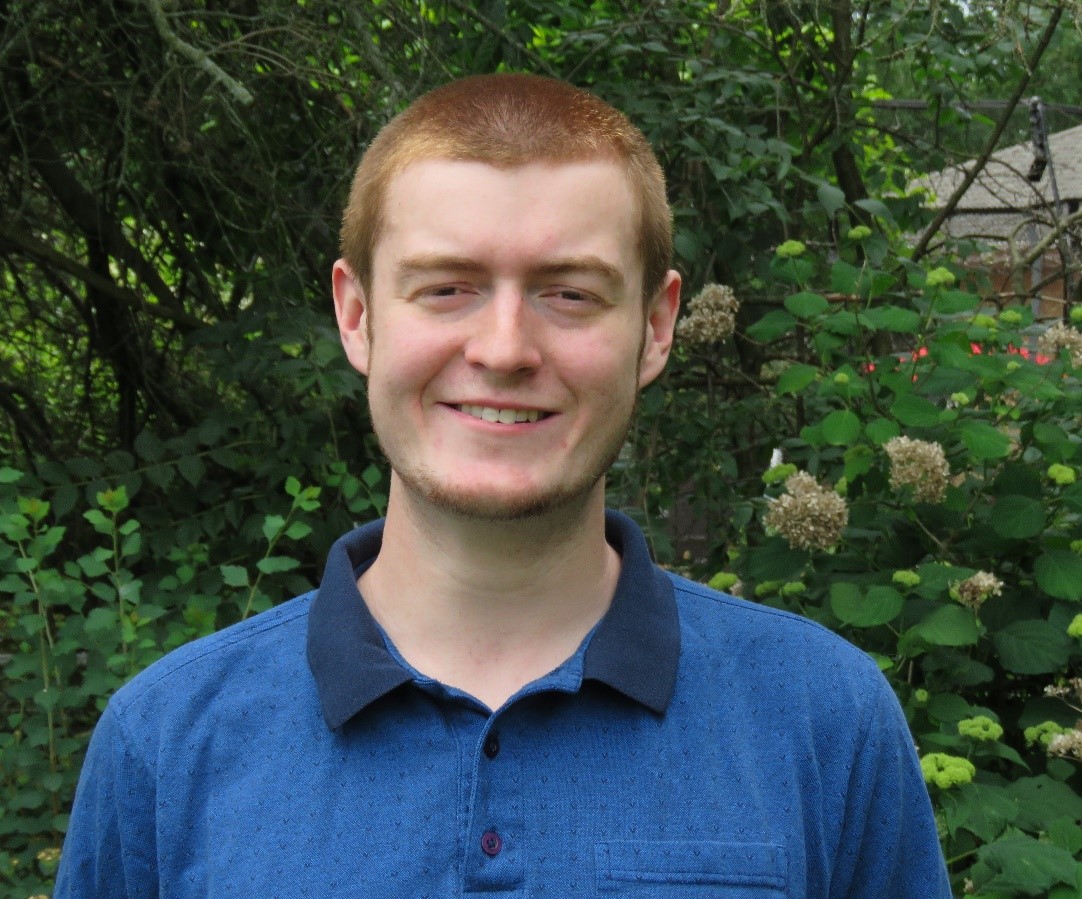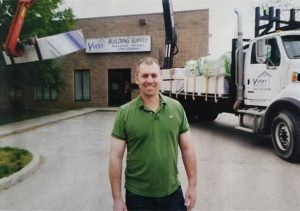When I was first diagnosed with a chronic disease, I felt alone and didn’t know who to talk to. I reached for social media. I wanted to find people working through similar things, I wanted to find my own community. In December of 2010, I took to Twitter as a chronic disease patient who had benefited greatly from the care I had received from my healthcare team, which comprised professionals in both conventional medicine and integrative medicine. I wanted to make a difference. I wanted to use my experiences as well as the experiences of others to improve healthcare and empower people to live life to the fullest. I was going to do it through collaboration, mutual respect, and nuanced discussions.
I was quite successful for the most part. There are a lot of people with similar goals of improving health outcomes and healthcare systems. There are lots of patients. There are lots of practitioners. There are lots of caregivers. There are a lot of ideas. And there are a lot of opinions. If you want to find like-minded people, social media is a good place to start.
I connected with an M.D. in the U.S. and we started an online community called “Heal Healthcare Now” with a tagline of “putting the ‘CARE’ back in healthcare.” We had big dreams, and we attracted a lot of people to the community. We resonated with a lot of people, but we may have lacked in creating and sustaining engagement. We were good at attracting people to come to the community, but we were not as good at activating the community. People wanted to be part of something, but they also wanted to be doing something. Hmmm, back to the drawing board with many lessons learned.
While there are a lot of like-minded people to meet and engage with on social media, it is important to understand that there are a lot of people who have different experiences that they want to share. They are also reaching for social media. And they want to be heard. Many have experienced some sort of harm in the arms of medicine. They are sometimes bitter, and they want to share their experiences such that others don’t experience the same harm they experienced. When defenders and critics meet in an online environment, feelings can be hurt, emotions can become heated, and it can become a tinderbox waiting to explode. On social media, it is sadly rare for people to take the time to understand the other person’s story and take the time to engage respectfully.
There is a lot of misinformation on social media that is further sowing distrust in both science and medicine and fueling polarization. This is EXACTLY why we need collaboration, mutual respect, and nuanced discussion. It will take sincere, respectful effort to lessen the polarization and make an impact on the chronic disease and mental illness epidemics. There may be “sides” in these nuanced discussions, but they should be focused on the same common goal — to improve healthcare and empower people to live life to the fullest.
We can use social media to connect us together as a community, or we can further fuel polarization. We each have a choice. What if we focus on using social media almost strictly to bring us together, to connect us to communities, friends, and family? What if we used it to focus on the “good” and lessened our focus on the “evil”? What would the chronic disease and mental health epidemics look like if we ALL did that? What if we ALL use whatever influence we have to actually improve our healthcare system? Maybe we can get durable treatment for autoimmune disease, we can increase the emphasis on prevention or understanding underlying causes of diseases. Maybe research funding in Canada and elsewhere can increase significantly. Maybe we can improve healthcare and empower people to live life to the fullest.
Where are we now? On social media, I have an amazing community of fellow patients, healthcare practitioners, and others. On a daily basis, I learn from these people. I am inspired by these people. I am challenged by these people. And I can only hope that I can also teach, inspire, and challenge others. What might that look like? It’s an ongoing process of connecting, engaging, listening, and growing. Together. As a community. Can we “create healthy communities”? I still think so. What can we do to reduce polarization and encourage respectful engagement? More on that in my next article.





